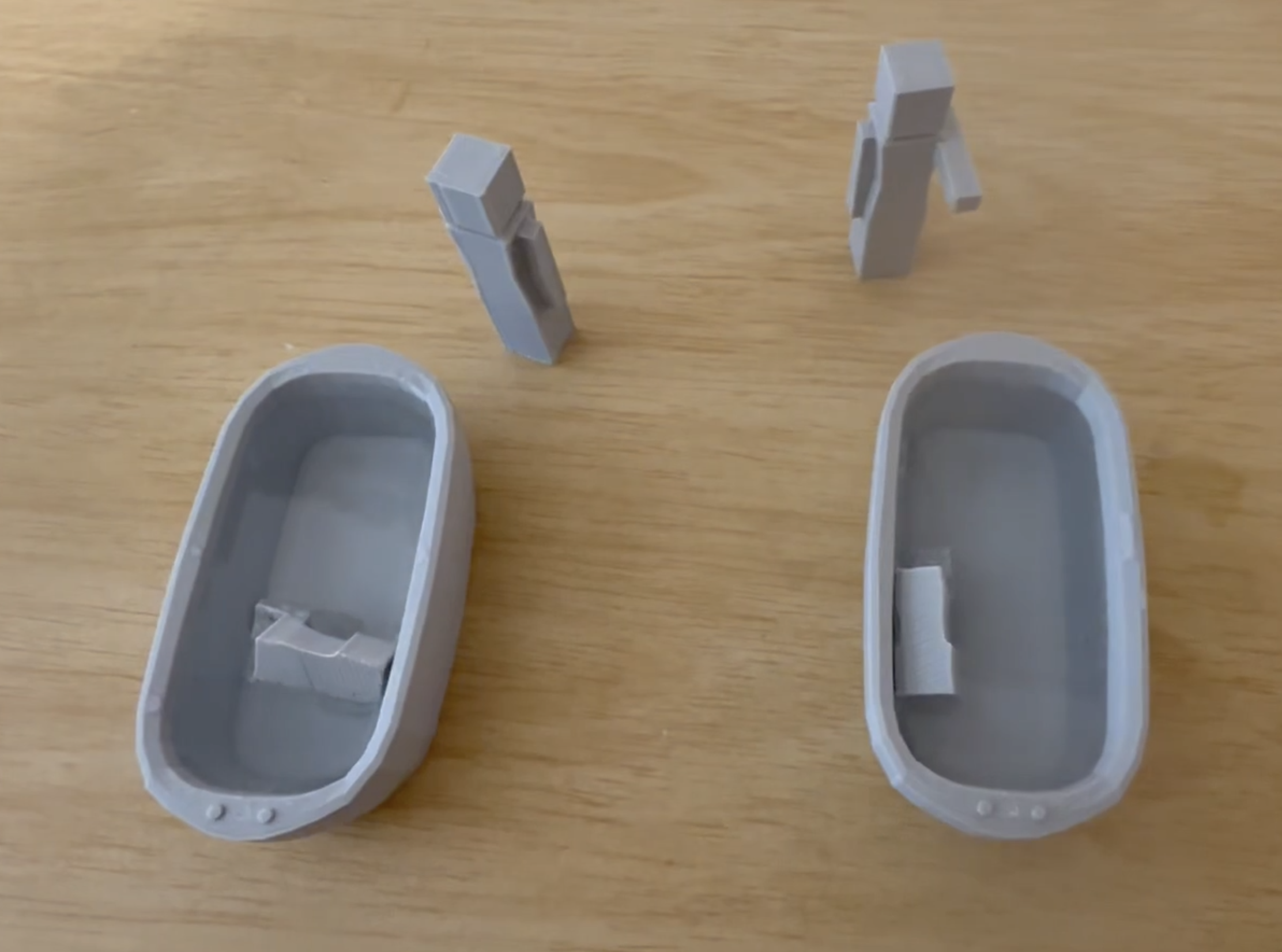



A Tale of Two Tubs
Is there a morally significant difference between killing and letting die?
-
In his 1975 paper “Active and Passive Euthanasia”, the philosopher James Rachels challenges the conventional view that—all else being equal—killing is morally worse than letting die.
To illustrate, he asks us to compare Smith and Jones, two men in very similar situations. Each man has a six-year-old cousin whose death will cause him to inherit a sizable fortune.
One evening, while Smith’s cousin is taking a bath, Smith sneaks into the bathroom and drowns him.
That same night, Jones sneaks into his cousin's bathroom with the same plan. However, before he can do anything, his cousin slips, hits his head, and falls unconscious into the water. Jones is ready to push his cousin back under if necessary, but he doesn't have to—the child drowns on his own.
Rachels writes:
Now Smith killed the child, whereas Jones "merely" let the child die. That is the only difference between them. Did either man behave better, from a moral point of view? If the difference between killing and letting die were in itself a morally important matter, one should say that Jones's behavior was less reprehensible than Smith's. But does one really want to say that? I think not.
Rachels’ arguments directly apply to contemporary bioethical debates surrounding euthanasia and medical assistance in dying. Most doctors believe that it is sometimes appropriate to let a patient die (e.g., by taking them off a ventilator) but that directly ending a patient's life (e.g., via lethal injection) is morally impermissible. But if Rachels is right that there's no morally significant difference between directly causing someone’s death and merely allowing them to die, then medicine may have reason to rethink its standard norms of practice.
Components:
Two identical bathtubs (to be filled with tapwater)
Two identical baby figurines
One person figurine (Smith) with an arm raised in a pushing position
One person figurine (Jones) standing passively, arms at their sides
-
3D printer and filament
Water
-
-
Iliana Berenice Martinez (Primary Contributor), Morgan Chivers, Eli Shupe
